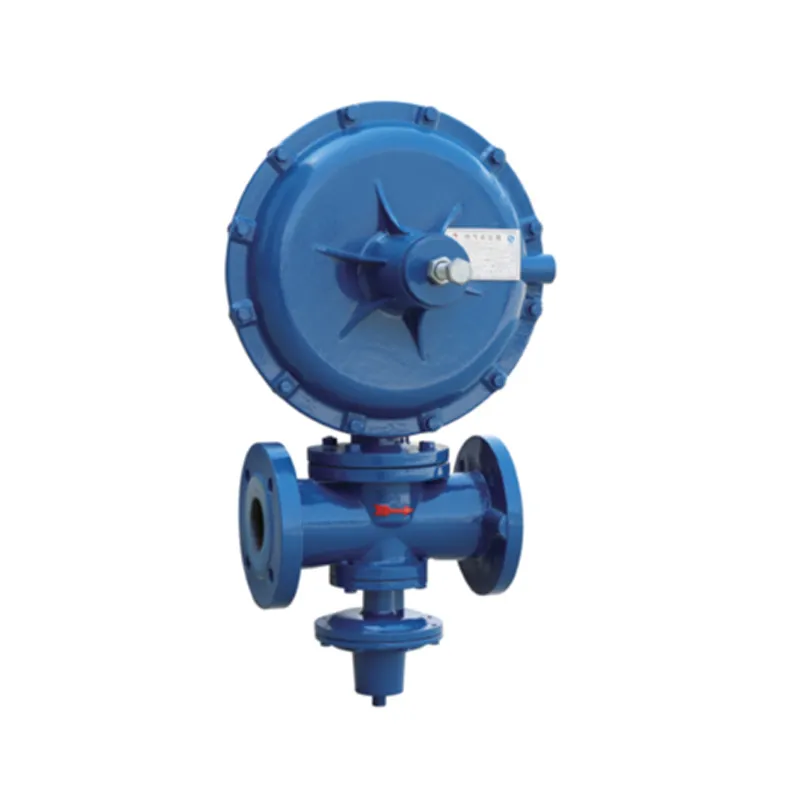
Nov . 09, 2024 11:01
Back to list
Gas Pressure Reduction Station Operations and Maintenance Strategies for Enhanced Efficiency
Gas Pressure Reduction Station An Overview
A gas pressure reduction station (GPRS) is a vital component in the infrastructure of natural gas supply systems. Its primary function is to ensure that natural gas transported through pipelines is safely reduced to a usable pressure for residential, commercial, and industrial consumers. This article explores the significance, functioning, and safety considerations of gas pressure reduction stations.
Significance of Gas Pressure Reduction Stations
Natural gas is transported at high pressures over long distances through extensive pipeline networks. When this gas reaches cities and towns, it cannot be delivered to consumers at the high pressures used in transportation, as it poses safety hazards and can damage appliances and infrastructure designed for lower pressures. Gas pressure reduction stations are strategically located throughout the distribution network to manage this transition effectively.
The efficient operation of GPRS is crucial for several reasons. First, it ensures compliance with safety regulations, protecting the public and infrastructure from the risks associated with high-pressure gas. Second, it maintains the quality of the gas during distribution, preventing fluctuations that could disrupt service or damage consumer equipment. Lastly, these stations contribute to the overall efficiency of the gas supply system, optimizing the delivery of gas to meet varying demand levels throughout the day.
.
The main components of a gas pressure reduction station include pressure regulators, valves, filters, and measurement devices. The process begins when high-pressure natural gas enters the station. As the gas moves through the station, it passes through filters that remove impurities, ensuring that the gas remains clean and suitable for use.
محطة تخفيض ضغط الغاز

Once the gas is filtered, it flows into pressure regulators. These regulators are designed to control the pressure of the gas and reduce it to a safe level for distribution. The pressure regulation can be done through various methods, including mechanical or electronic controls, depending on the design of the GPRS.
In many systems, multiple stages of pressure reduction may occur, providing redundancy and enhancing safety. After regulation, the gas is measured to ensure accurate billing for consumers before being routed to the distribution pipeline at the desired pressure.
Safety Considerations
Safety is paramount in the operation of gas pressure reduction stations. Several safety features are implemented to minimize risks. Automatic shut-off valves are a critical component; they can quickly halt the gas flow in case of an emergency, such as a gas leak or equipment failure. Additionally, regular maintenance and inspection protocols are essential to ensure that all equipment is functioning correctly and that any potential issues are addressed before they can escalate.
Operators of GPRS must also be trained in emergency response procedures. In the event of a malfunction or emergency, prompt and effective action is necessary to safeguard both personnel and the surrounding community. Furthermore, public awareness campaigns are important to educate local communities about the presence of gas infrastructure and what to do in case of an emergency.
Conclusion
Gas pressure reduction stations play a crucial role in the safe and efficient delivery of natural gas to consumers. By reducing high-pressure gas to usable levels, they ensure the safety of residential and commercial gas appliances while helping maintain the reliability of the overall gas distribution network. As the demand for natural gas continues to grow, the importance of GPRS will only increase, necessitating ongoing investment in technology, training, and infrastructure to enhance their efficiency and safety. In summary, gas pressure reduction stations are indispensable in bridging the gap between high-pressure transport systems and low-pressure consumer needs, making them a cornerstone of modern energy delivery systems.
Latest news
-
Safety Valve Spring-Loaded Design Overpressure ProtectionNewsJul.25,2025
-
Precision Voltage Regulator AC5 Accuracy Grade PerformanceNewsJul.25,2025
-
Natural Gas Pressure Regulating Skid Industrial Pipeline ApplicationsNewsJul.25,2025
-
Natural Gas Filter Stainless Steel Mesh Element DesignNewsJul.25,2025
-
Gas Pressure Regulator Valve Direct-Acting Spring-Loaded DesignNewsJul.25,2025
-
Decompression Equipment Multi-Stage Heat Exchange System DesignNewsJul.25,2025

